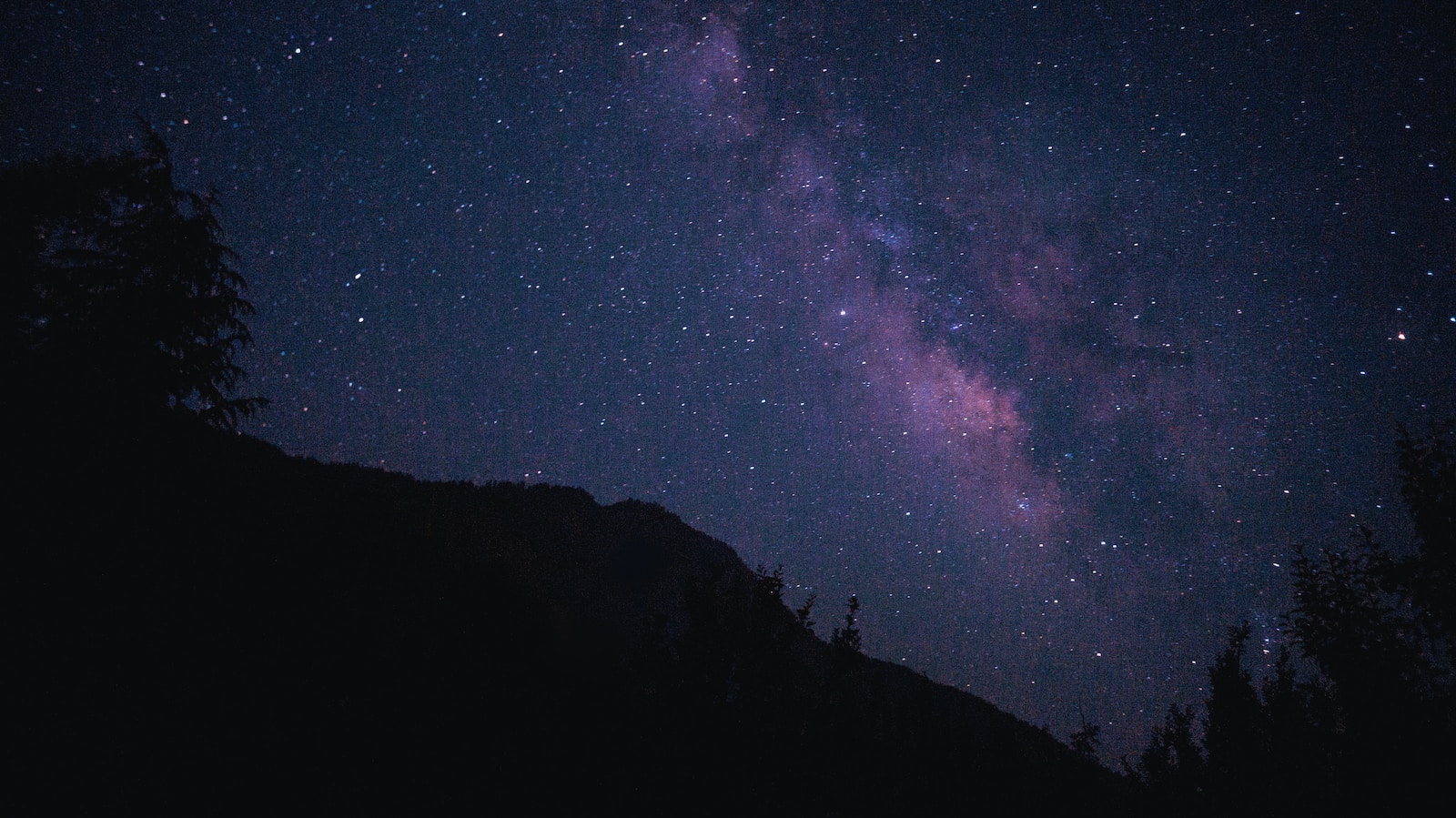Table of Contents
ToggleIntroduction
The summer solstice on June 21 will bring a rare celestial event that stargazers won’t want to miss. Mars and Venus will align with a slim crescent moon in the western sky, creating a right-angle triangle visible to the naked eye. Here’s what you need to know to watch this spectacular celestial alignment.
The Summer Solstice’s Celestial Alignment: A Rare Sight
The summer solstice marks the start of astronomical summer in the Northern Hemisphere and is typically associated with the sun being at its highest point in the sky. However, this year’s summer solstice will also feature a rare celestial alignment of Mars, Venus, and a slim crescent moon, visible to stargazers in North and South America.
When and Where to Look for the Alignment?
The alignment will be visible in the solstice’s evening twilight, with the best view on Wednesday, June 21. Look to the western sky to spot the right-angle triangle of Mars, Venus, and the crescent moon. The alignment will also be visible on the evenings before and after the solstice.
How to Spot the Slim Crescent Moon?
If you want to see the slimmest crescent moon possible, use stargazing binoculars to find it low on the western horizon on Monday, June 19. It will be just over 3% illuminated, making it difficult to spot in the bright post-sunset sky. The following evening, Tuesday, June 20, will see a slightly brighter and higher crescent moon form a line in the sky with Venus and Mars.
The Best View of the Celestial Bodies
Perhaps the best view of the alignment will be on Wednesday, June 21, during the first twilight following the start of the summer solstice. The crescent moon will be 13% illuminated, forming a right-angle triangle with Mars and Venus. However, Mars may be hard to spot without binoculars or a small telescope. Look out for Da Vinci glow on the moon once again.
Tips for Stargazing the Alignment
All of the celestial bodies will be visible to the naked eye, but for a spectacular close-up of Da Vinci glow on the lunar surface, stargazing binoculars or a telescope will help. Look for the alignment in twilight low on the western horizon on the evenings before and after the solstice, and be sure to find a dark location away from city lights for the best viewing experience.
Conclusion
In conclusion, don’t miss this rare opportunity to witness the celestial alignment of Mars, Venus, and the crescent moon during the summer solstice. Whether you’re a seasoned stargazer or a beginner, follow these tips and find the perfect spot to watch this spectacular sight.







